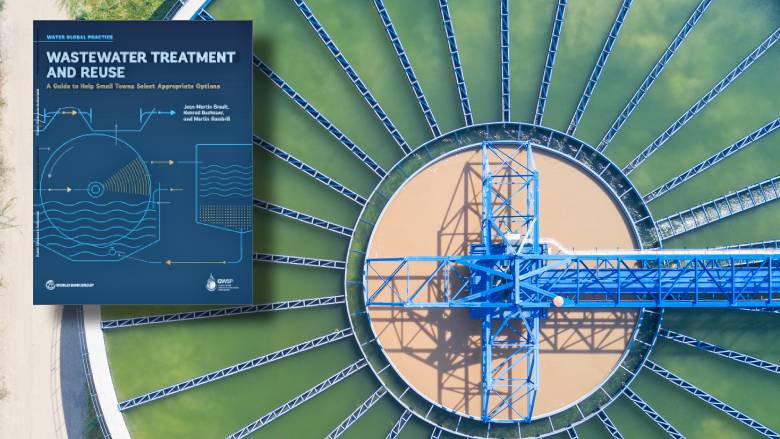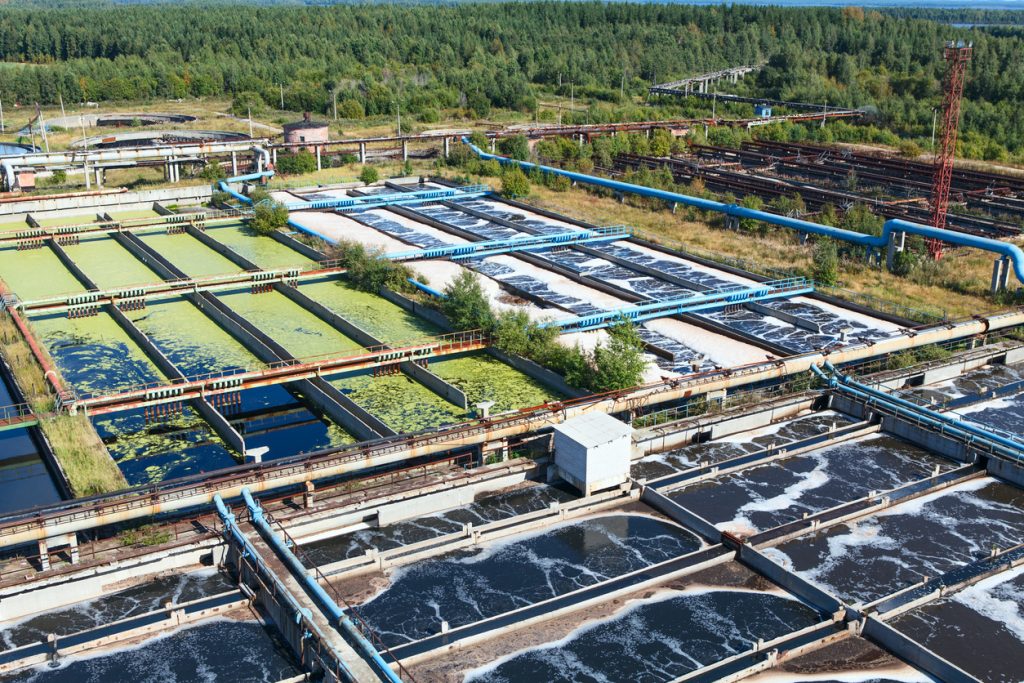Comprehensive Guide to Hazardous Waste Water Treatment Processes
Comprehensive Guide to Hazardous Waste Water Treatment Processes
Blog Article
Strategic Approaches to Enhance Waste Water Therapy Performance and Lessen Environmental Impact
In the realm of waste water treatment, the quest for enhanced performance and lowered ecological effect is a continuous difficulty that demands strategic options. As culture comes to grips with the imperative to handle water resources sustainably, a nuanced technique comes to be essential. The assimilation of innovative treatment modern technologies, energy-efficient processes, resource recovery approaches, improved nutrient removal strategies, and wise tracking and control systems stands for a complex structure for attending to these pushing worries. However, what exists at the core of this complex internet of techniques is the possible to transform the way we approach drainage treatment, not just as a process of disposal, yet as a beneficial chance for advancement and ecological stewardship.
Advanced Treatment Technologies
Advanced membrane purification systems have actually reinvented sophisticated wastewater therapy processes, considerably improving the elimination of impurities. This innovation has verified to be highly efficient in removing a large range of contaminants, including drugs, hefty steels, and organic substances, which are typically challenging to eliminate through standard therapy approaches.
Moreover, membrane layer purification systems use various benefits over standard treatment methods. Furthermore, these systems are highly flexible and can be conveniently integrated into existing therapy plants or used as standalone units for decentralized applications.
Energy-Efficient Procedures
The integration of energy-efficient procedures in wastewater treatment systems is essential for optimizing resource use and lowering functional expenses. By carrying out energy-efficient innovations, therapy plants can significantly decrease their carbon impact and overall environmental influence. One essential technique to improving energy effectiveness in wastewater treatment is the use of advanced aeration systems, such as fine bubble diffusers or surface area aerators, which can enhance oxygen transfer performance and minimize energy intake. Furthermore, integrating energy recuperation systems, like anaerobic food digestion for biogas manufacturing or using excess warm for thermal procedures, can help balance out energy needs and promote sustainability.
In addition, optimizing process control and automation through making use of advanced sensors and keeping track of systems can improve general energy efficiency by readjusting operations in real-time based on actual need and conditions. Implementing energy audits and consistently keeping track of power efficiency signs are essential practices to identify locations for renovation and track energy-saving initiatives efficiently. In general, the adoption of energy-efficient procedures in wastewater therapy not only benefits the environment but likewise contributes to lasting expense savings and functional sustainability.
Resource Recuperation Strategies
With a focus on maximizing resource use and sustainability in wastewater treatment systems, the implementation of resource healing strategies emerges as an essential aspect in boosting functional efficiency. Resource healing techniques in wastewater treatment involve the identification and extraction of beneficial sources from the waste stream, consequently transforming what was when considered waste right into a valuable property. By carrying out resource recuperation techniques such as nutrient removal and recuperation, power generation from raw material, and the manufacturing of multiple-use water, wastewater treatment plants can minimize environmental effect while making the most of effectiveness.

Improved Nutrient Removal Methods
Executing sophisticated nutrient removal strategies is vital for optimizing the effectiveness of wastewater treatment systems. Boosted nutrient removal plays a vital duty in minimizing the ecological impact of treated effluent released into water bodies. Among the crucial methods utilized for improved nutrient elimination is the process of organic nutrient removal (BNR), which includes the removal of nitrogen and phosphorus through biological procedures. This can be attained through making use of specialized microbes that can convert nitrogen substances right into inert nitrogen gas via denitrification, and build up phosphorus within their cells through a process called enhanced organic phosphorus elimination (EBPR)

In enhancement to BNR, advanced therapy methods such as membrane bioreactors (MBRs) and built wetlands can likewise be used to boost nutrient removal performance. MBRs make use find out of membranes to attain premium effluent requirements by successfully getting rid of nutrients and suspended solids. Built marshes imitate natural wetland procedures to get rid of nutrients with plant uptake, microbial activity, and sedimentation. By including these sophisticated nutrient removal strategies right into wastewater treatment markets, systems and districts can successfully decrease nutrient pollution and shield the atmosphere.
Smart Surveillance and Control Systems
Utilizing cutting-edge innovation, the combination of wise tracking and control systems reinvents the functional efficiency of wastewater therapy facilities. These systems incorporate innovative sensing units and information analytics to continuously monitor crucial criteria such as pH degrees, turbidity, dissolved oxygen, and flow prices in real-time. By accumulating and assessing this data, operators can get useful understandings right into the efficiency of the therapy processes, allowing proactive adjustments to maximize therapy performance.
Smart tracking and control systems likewise sustain remote tracking capabilities, enabling drivers to access real-time data and control features from off-site places. This remote ease of access boosts functional versatility and responsiveness, allowing swift treatments in instance of system breakdowns or changes in influent quality. Furthermore, the anticipating upkeep capacities of these systems aid prevent tools failings and lessen downtime, inevitably enhancing the general dependability of wastewater therapy operations (Waste Water Treatment).
Conclusion
In conclusion, calculated approaches such as sophisticated therapy modern technologies, energy-efficient processes, resource recuperation techniques, improved nutrient elimination strategies, and smart monitoring and control systems play an important role in boosting wastewater therapy effectiveness and decreasing environmental impact. By applying these strategies, wastewater therapy plants can enhance their overall efficiency, reduce energy usage, recover beneficial sources, and make certain compliance with environmental policies. These strategies are crucial for sustainable and effective wastewater management methods.

In conclusion, critical strategies such as sophisticated therapy modern technologies, energy-efficient processes, resource recuperation methods, improved nutrient removal techniques, and clever monitoring and control systems play an important function in boosting wastewater treatment efficiency and decreasing ecological impact.
Report this page